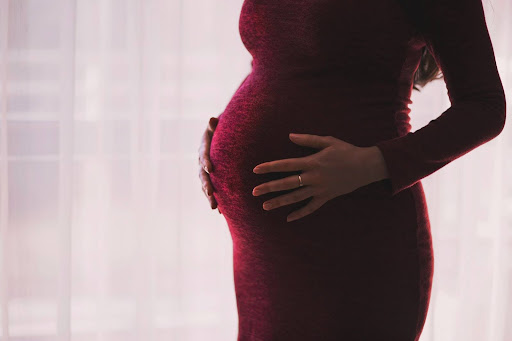|
Getting your Trinity Audio player ready...
|
Summary
The U.S. fertility rate dropped by 3% in 2023 to a historic low, with 3,591,328 births recorded, highlighting a persistent decline in births and potential challenges for the country's future population and economy.
The fertility rate in the United States decreased by 3% from 2022, marking a low and the second consecutive year of decline. This follows a brief 1% increase between 2020 and 2021. From 2014 to 2020, the fertility rate had consistently declined by 2% annually. These statistics were released as part of the provisional 2023 birth data by the CDC’s National Center for Health Statistics (NCHS).
The report, titled “Births: Provisional Data for 2023,” analyses data from over 99% of birth certificates issued in the U.S. during that year, revealing a total of 3,591,328 births, which is a 2% decrease from 2022. Birth rates for women aged 20–39 declined, while those aged 10–14 and 40–49 remained unchanged. The teenage birth rate for women aged 15–19 dropped by 3% to 13.2 births per 1,000 women, while the birth rate for women aged 20–24 reached a record low of 55.4 births per 1,000 women. The cesarean delivery rate rose to 32.4%, marking the fourth consecutive year of increase, and the preterm birth rate remained largely unchanged at 10.41%.
Additionally, the total fertility rate fell to 1.62 births per woman, a 2% decline from the previous year. This figure is below the replacement level, signalling that Americans do not have enough children to replace themselves.
Since 2007, the U.S. fertility rate has consistently remained below replacement level, mirroring a global trend where women, particularly in developed countries, are increasingly prioritising career success and reproductive technology over childbearing.
With 3,591,328 births recorded, 2023 marks the fewest births in the U.S. since 1979.












